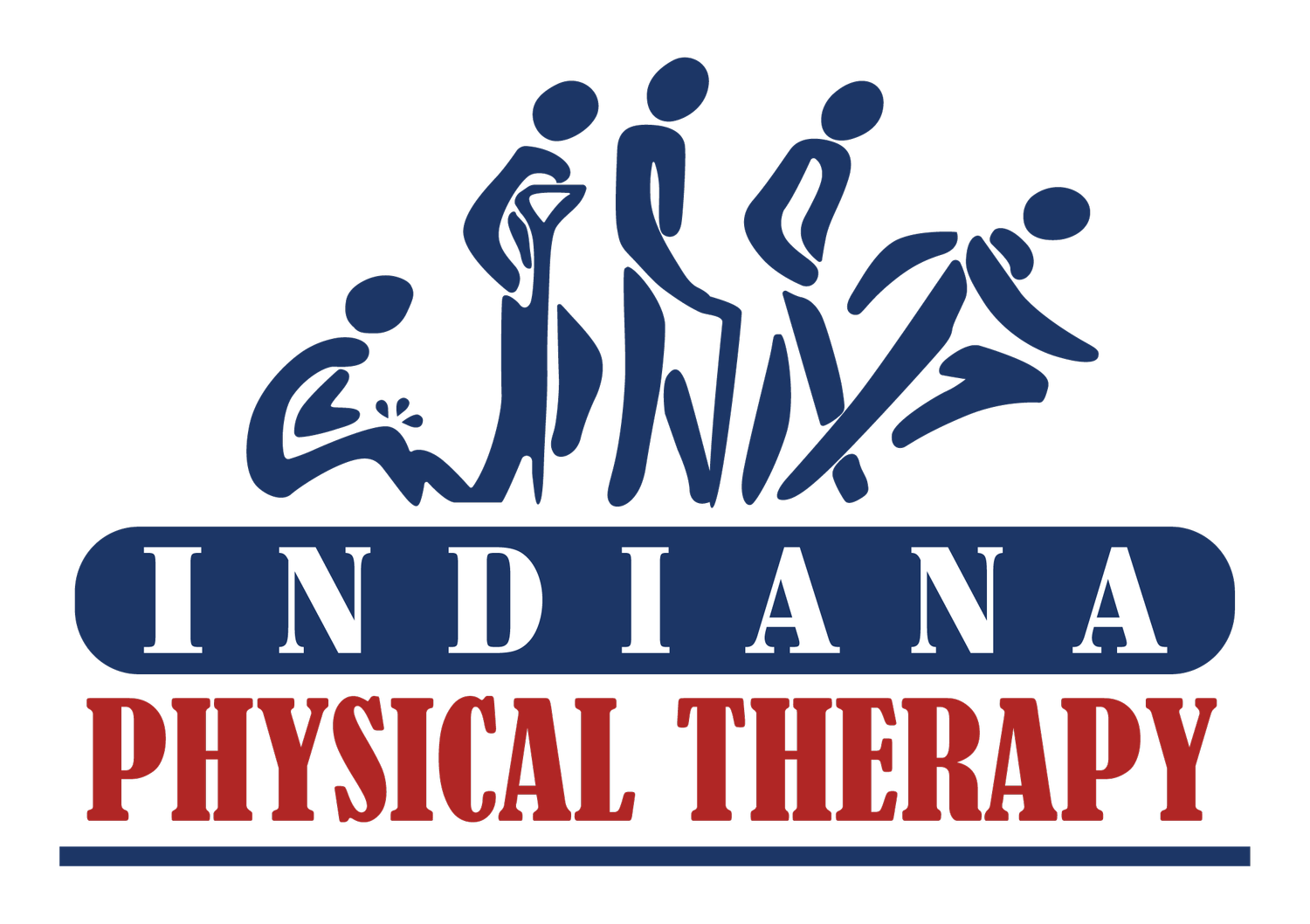
Lymphedema Services
What is Lymphedema?
Lymphedema is the swelling of an arm, leg or other region of the body and occurs when lymph fluid is not drained properly which causes an abnormal accumulation.
Lymphedema develops when part of the lymphatic system has been removed, damaged or never develops properly. As the swelling increases, the tissues thicken or harden which causes further damage to the lymphatic system and affected tissues.
If left untreated, lymphedema may result in recurrent infections, wounds, range of motion limitations, decreased function of involved limb and other health related problems.
Types of Lymphedema
Primary Lymphedema
Results from congenital abnormalities that appear immediately at birth or during puberty (lymphedema praecox) and is most commonly seen in girls. This form can also develop in adults and is known as lymphedema tarda. Some forms of primary lymphedema are hereditary and can affect multiple limbs.
Secondary Lymphedema
Results when there is an identifiable cause such as surgery, infection, trauma or lymph / venous insufficiency. It is most commonly caused by cancer related treatments such as surgical dissection and radiation therapy.
Signs and Symptoms
It is important to see your physician or physical therapist if you notice any persistent swelling. Important signs and symptoms to watch for include:
History of lymph node removal or dissection
Sensation of fullness or heaviness in limb(s)
Tautness or a tight feeling in skin
Decreased flexibility in hand, wrist, or ankle
Tight fitting clothing in one specific area
Tight fitting rings or other jewelry
Discoloration, texture or temperature changes in skin
Lymphedema in Breast Cancer Patients
There are over 2 million breast cancer survivors in the United States. Studies suggest that between 10% and 15% of survivors will develop lymphedema. The relationship between breast cancer and lymphedema is unknown however, studies have identified an association between surgery, radiation therapy, and tumor growth and the onset of lymphedema.
Surgery: Studies suggest that 15% of women undergoing the surgical removal of lymph nodes or the destruction of lymph nodes develop lymphedema
Radiation Therapy: Damages or scarring to lymph nodes or lymph vessels may occur leading to lymphedema in approximately 30% of women.
Tumor Growth: A tumor may surround a lymphatic vessel and obstruct lymph flow.
Treatment
Comprehensive Decongestive Therapy (CDT) is the most beneficial form of treatment to date. CDT is designed to reduce the amount of swelling in the affected limb and to help patients return to typical work and life activities. Our staff will tailor lymphedema treatments to meet the needs of each patient and may include:
Manual Lymph Drainage (MLD)
Compression Bandaging
Remedial Exercise
Skin and Nail Care
Instructions in Self-Care and Management
Patients can expect to be seen 3-5 times per week for 3-4 weeks participating in one-on-one, hands-on treatment sessions lasting approximately 1 hour each.
For additional information you can contact our Certified Lymphedema Specialists, Terra Williams, MPT, COMT, MLD/CDT, or Ruth Freeman, PTA who have received their certifications in manual lymph drainage/comprehensive decongestive therapy.
To schedule an appointment, contact our Central Scheduling Department at (260) 209-2464.
Terra Williams, PT, MPT, COMT, MLD / CDT
Phone: (260) 490-4800
Email: twilliams@indianapt.com




